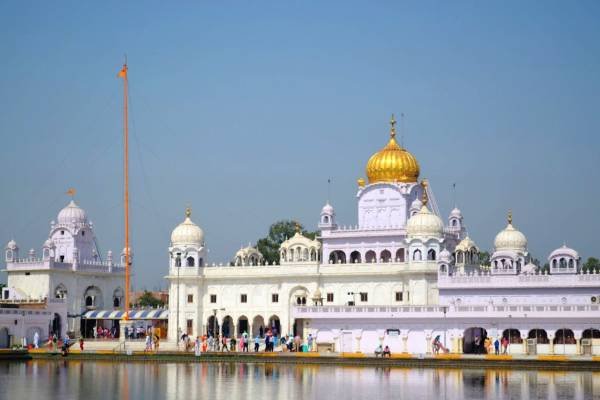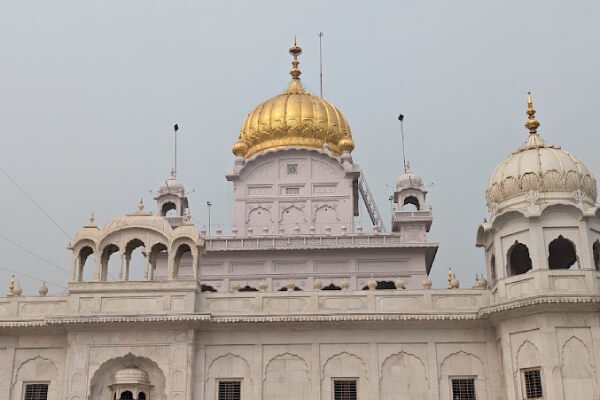Gurdwara Dukh Nivaran Sahib: A Place of Healing
In the village of Lehal, there is a special place called Gurdwara Dukh Nivaran Sahib. It holds a story passed down through generations. Long ago, a man named Bhag Ram, who worked in the fields, went to see Guru Tegh Bahadur, the ninth leader of the Sikhs, during his stay in Saifabad. Bhag Ram asked for the Guru’s blessing on his village, hoping to free its people from a mysterious and serious sickness that had troubled them for a long time.
On the 5th day of Magh sudi in the year 1728 Bikram (which corresponds to 24th January 1672), Guru Tegh Bahadur visited Lehal. He stayed by a pond, under the shade of a banyan tree. Miraculously, the sickness in the village started to fade away. This spot became known as Dukh Nivaran, which means “eradicator of suffering.” People believe in the healing power of the water in the sarovar (pond) connected to the shrine.



A Garden of Remembrance
Around 1748 to 1782, Raja Amar Singh of Patiala created a garden here in memory of this special visit. He entrusted it to Nihang Sikhs. Court records from 1870 mention a garden belonging to the Guru and a well used by the Nihangs. In 1920, when plans were made to build a railway line, it seemed like the banyan tree, where Guru Tegh Bahadur sat, would have to be removed. But the workers refused to cut it down.
In the end, Maharaja Bhupinder Singh decided to cancel the entire project. Even though a gurudwara hadn’t been built yet, it was only in 1930 that a committee was formed to gather funds and start construction. It took twelve more years, and in 1942, the building was finally completed. Maharaja Yadavindra Singh, a devout Sikh, oversaw the construction of the current building and sarovar. The gurdwara initially came under the control of the Patiala state government, then the Dharam Arth Board of the Patiala and East Punjab States Union, and eventually the Shiromani Gurudwara Prabandhak Committee.
Exploring the Gurdwara Dukh Nivaran Sahib Complex
The gurdwara complex spreads across a vast area. As you approach, you’ll see a two-story gateway with a foldable iron gate and a floor made of black and white marble. On the left, there’s a small marble shrine marking the exact spot where Guru Teg Bahadur sat beneath the banyan tree.
The main building, also two stories tall, sits on a raised platform. It has octagonal domed chambers at each corner, and a domed pavilion on top. The lotus dome at the highest point features round sun-windows on each side, with curved coping extending horizontally at the ends. You’ll notice decorative domed pavilions at the corners and lotus blossoms inlaid in the middle of the walls.
Inside, the floor is paved with white and grey marble, contrasting with the black and white of the outer platform. The walls and pillars are adorned with panels of white marble. The ceiling is adorned with stucco work in floral patterns. The Guru Granth Sahib is positioned under a square canopy at the far end. To the right is the sarovar, which has been expanded over time, and to the left is the Guru ka Langar. The gurdwara is managed by the Shiromani Gurdwara Parbandhak Committee.
Special Gatherings and Festivals
Every month, on the fifth day of the brighter half of the lunar cycle, a large gathering takes place at the gurdwara. The most important festival of the year is Basant Panchmi, which commemorates Guru Tegh Bahadur’s visit. It’s a time of joy and celebration for all who come to seek solace and blessings at Gurdwara Dukh Nivaran Sahib.
